Can This Fallen Biotech Be Revived?
I've been sorely tempted to sell my Gilead shares. But now that they're cheaper, maybe I should buy more.

When I picked up 150 shares of Gilead Sciences (symbol GILD) a little over a year ago, investors were slamming the stock because of concerns about increased competition in the hepatitis-drug market and a decline in the number of patients needing such medications. I figured that the stock was cheap, already reflected all of the bad news and was due for a recovery. I couldn’t have been more wrong.
I wasn’t alone. Bullish analysts had drastically underestimated the depth and speed of the sales slump, and Gilead continued to fall steadily after I invested. It closed at $70 on February 28, down 22% from my purchase price of $90.81 and off a whopping 43% from the record high of $123, set in June 2015.
Because I was getting ready to do my taxes, I started to think that I should dump the stock and claim the loss next year when I file my 2017 return. But just as I was about to sign in to my brokerage account, my phone rang. Then the dogs started pleading to be walked. I began contemplating a new dance class my gym was offering. When it comes to my investments, procrastination may be what I do best.

Sign up for Kiplinger’s Free E-Newsletters
Profit and prosper with the best of expert advice on investing, taxes, retirement, personal finance and more - straight to your e-mail.
Profit and prosper with the best of expert advice - straight to your e-mail.
And that might be a good thing. A few days later, Gilead’s stock had bounced off its recent low, and I was having second thoughts about selling. My decision hinged on the answers to two questions: At the current price, would I invest in Gilead today? And if I did sell, what would I do with the proceeds?
The hepatitis problem. To answer the first question, let’s take a look at Gilead’s business. The biotechnology giant makes drugs to treat hepatitis, HIV, cancer and other illnesses. Two drugs that treat hepatitis C—Sovaldi and Harvoni—have accounted for the bulk of Gilead’s revenues in recent years. But sales of those drugs plunged in 2016, and Gilead said in February that the decline is likely to accelerate in 2017. Why? The drugs actually cure hepatitis C with relatively few side effects. That helps explain Gilead’s explosive sales growth in the first few years following the introduction of Sovaldi in 2013 and Harvoni a year later.
But what’s good for patients has not been good for shareholders. There aren’t enough new hepatitis sufferers to take the place of those who’ve been cured. The reason? Hepatitis C is a virus that was typically spread in hospitals through blood transfusions and organ transplants and often went undetected for decades. Blood banks started screening for this silent killer, as well as for HIV, in the 1990s, dramatically cutting the chance of contracting the diseases via medical procedures. Thus, although more than 3 million people are believed to have hepatitis C, fewer new cases are being reported. As a result, Gilead’s sales, which topped $32 billion in 2015 ($19 billion from Harvoni and Sovaldi), sank to $30 billion in 2016 and could fall to $22 billion this year.
But I’m not giving up. Based on Gilead’s own forecasts, I reckon that, at worst, the firm will earn $5.90 a share in 2017, down from $9.94 in 2016. At today’s price, the shares trade at just 12 times that figure (compared with a price-earnings ratio of 18 for the overall stock market). Earnings easily support the $2.08 per share annual dividend, which gives the stock a generous 3.0% yield. Gilead also has a strong balance sheet, with $32 billion in cash and securities that officials say is earmarked for acquisitions. If Gilead fails to come up with new blockbusters—either by buying them or by creating them in its own labs—sales and profits could fall further in 2018. But the stock is so cheap, I’d still be tempted to buy.
As for the second question—what to do with the proceeds if I sell Gilead—I already have $51,000 sitting in cash in the Practical Portfolio because I’m having trouble finding well-priced stocks. Until I find something better, I’m holding on to my battered Gilead shares.
Get Kiplinger Today newsletter — free
Profit and prosper with the best of Kiplinger's advice on investing, taxes, retirement, personal finance and much more. Delivered daily. Enter your email in the box and click Sign Me Up.

-
 The Best Places for LGBTQ People to Retire Abroad
The Best Places for LGBTQ People to Retire AbroadLGBTQ people can safely retire abroad, but they must know a country’s laws and level of support — going beyond the usual retirement considerations.
By Drew Limsky Published
-
 Financial Planning's Paradox: Balancing Riches and True Wealth
Financial Planning's Paradox: Balancing Riches and True WealthWhile enough money is important for financial security, it does not guarantee fulfillment. How can retirees and financial advisers keep their eye on the ball?
By Richard P. Himmer, PhD Published
-
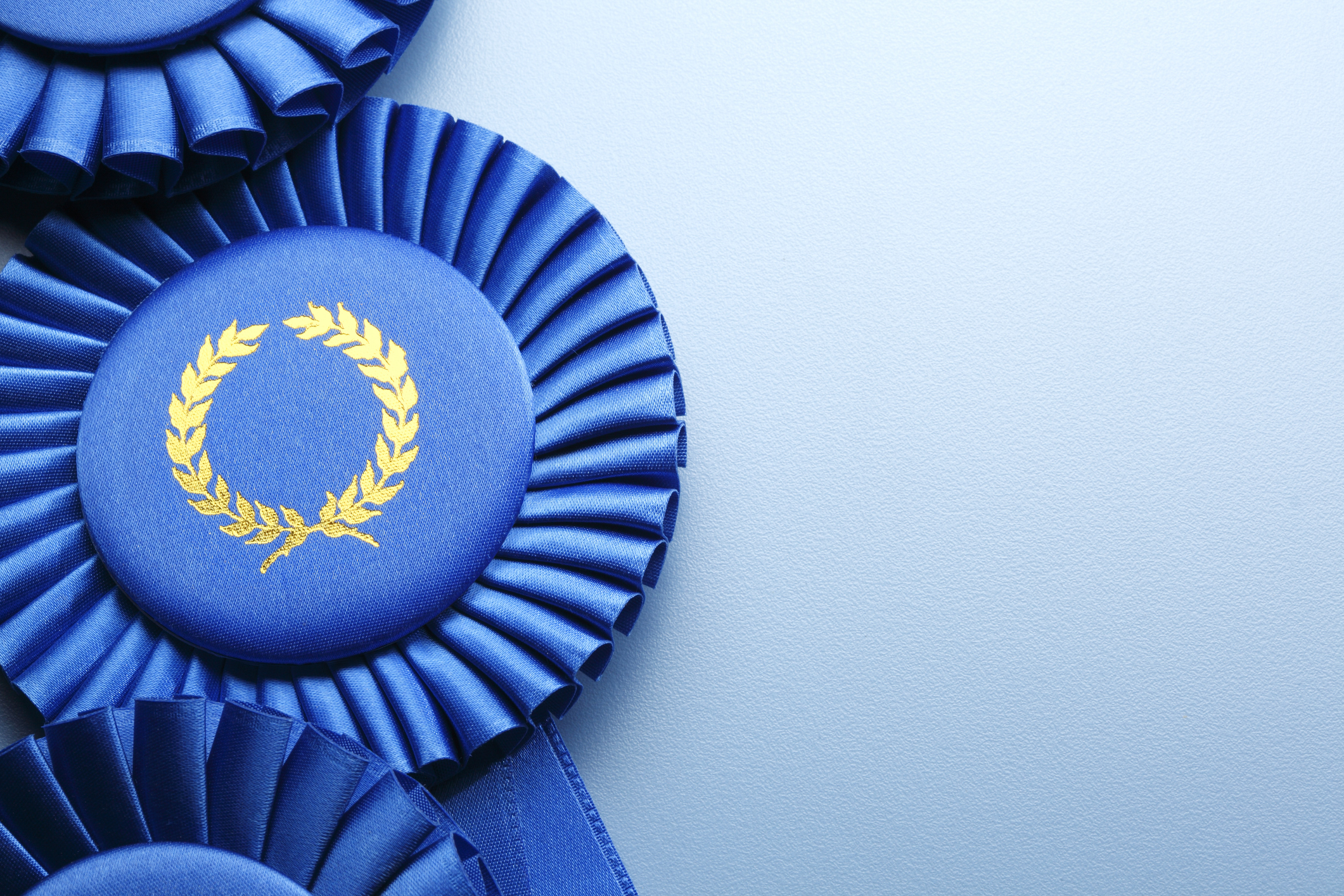 The Best Large-Cap Stocks to Buy
The Best Large-Cap Stocks to BuyLarge-cap stocks are key additions to any well-rounded portfolio. Let's take a look at how to find the best ones for you.
By Kyle Woodley Last updated
-
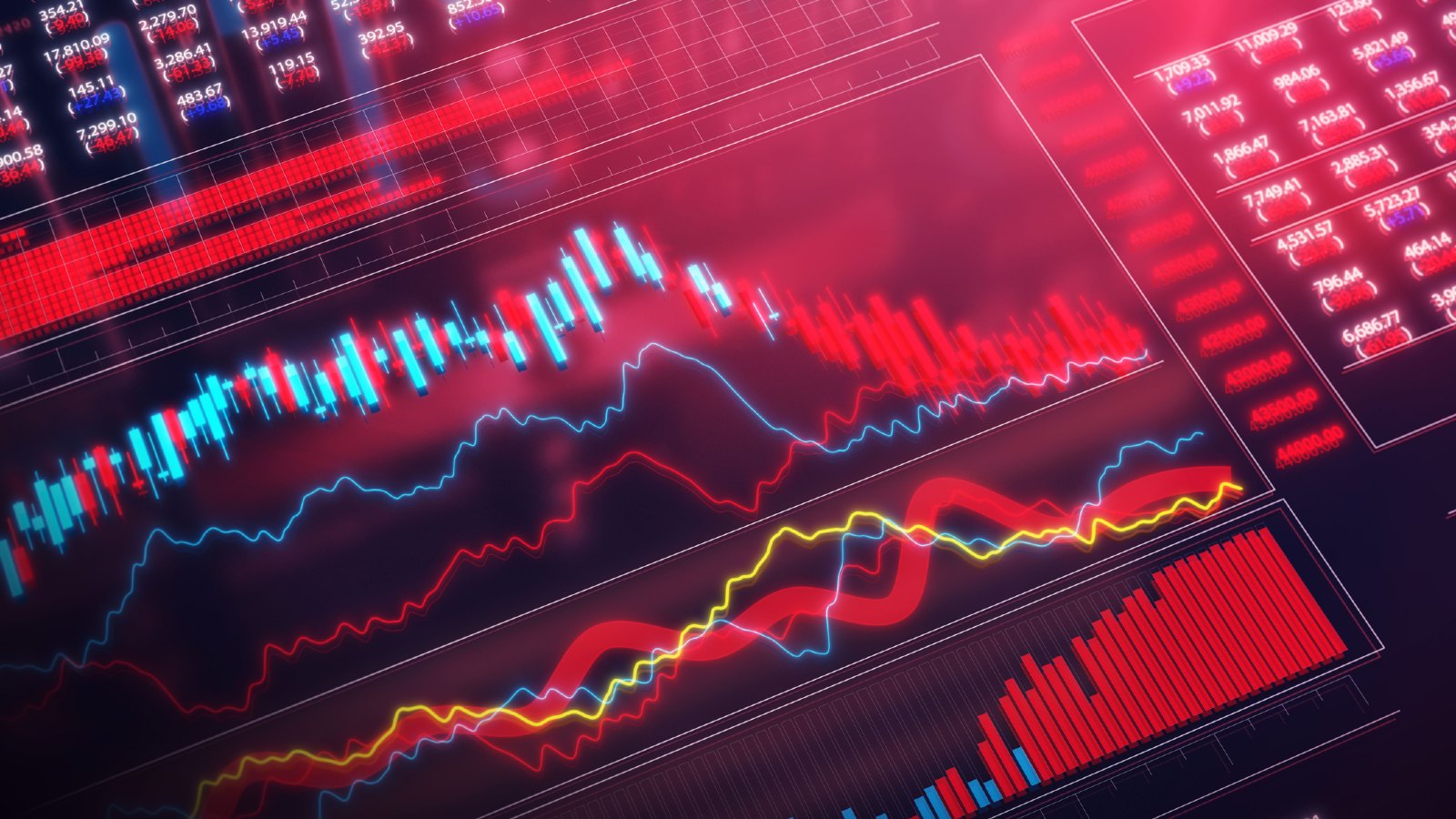 Stock Market Today: Markets Mark Time Ahead of Tech Earnings, Fed
Stock Market Today: Markets Mark Time Ahead of Tech Earnings, FedStocks searched for direction ahead of mega-cap tech quarterly reports and tomorrow's rate decision.
By Dan Burrows Published
-
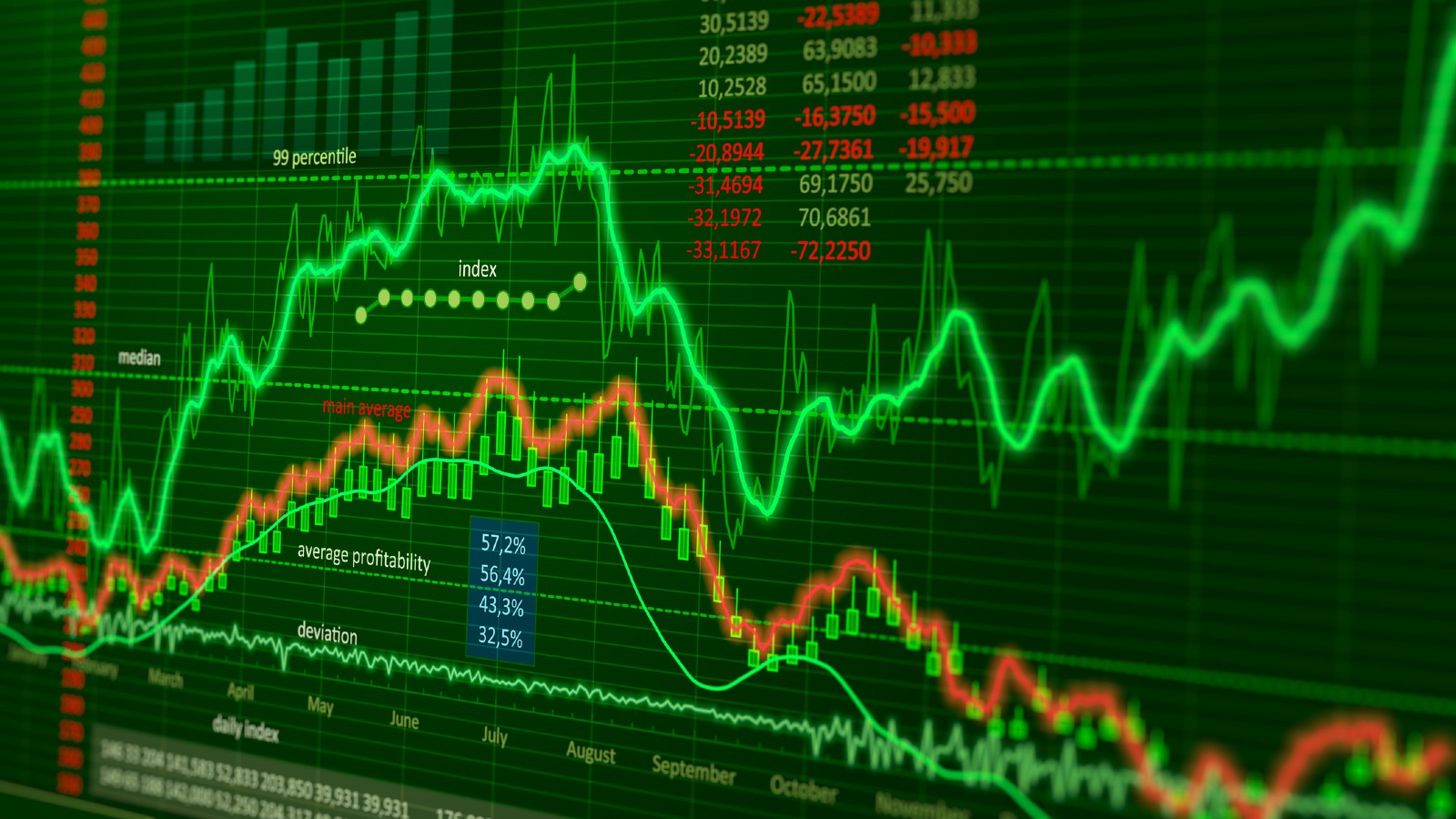 Stock Market Today: Stocks Build on Broad-Based Gains
Stock Market Today: Stocks Build on Broad-Based GainsA heavy week of earnings and data ahead couldn't spoil the market's record-setting Monday mood.
By Dan Burrows Published
-
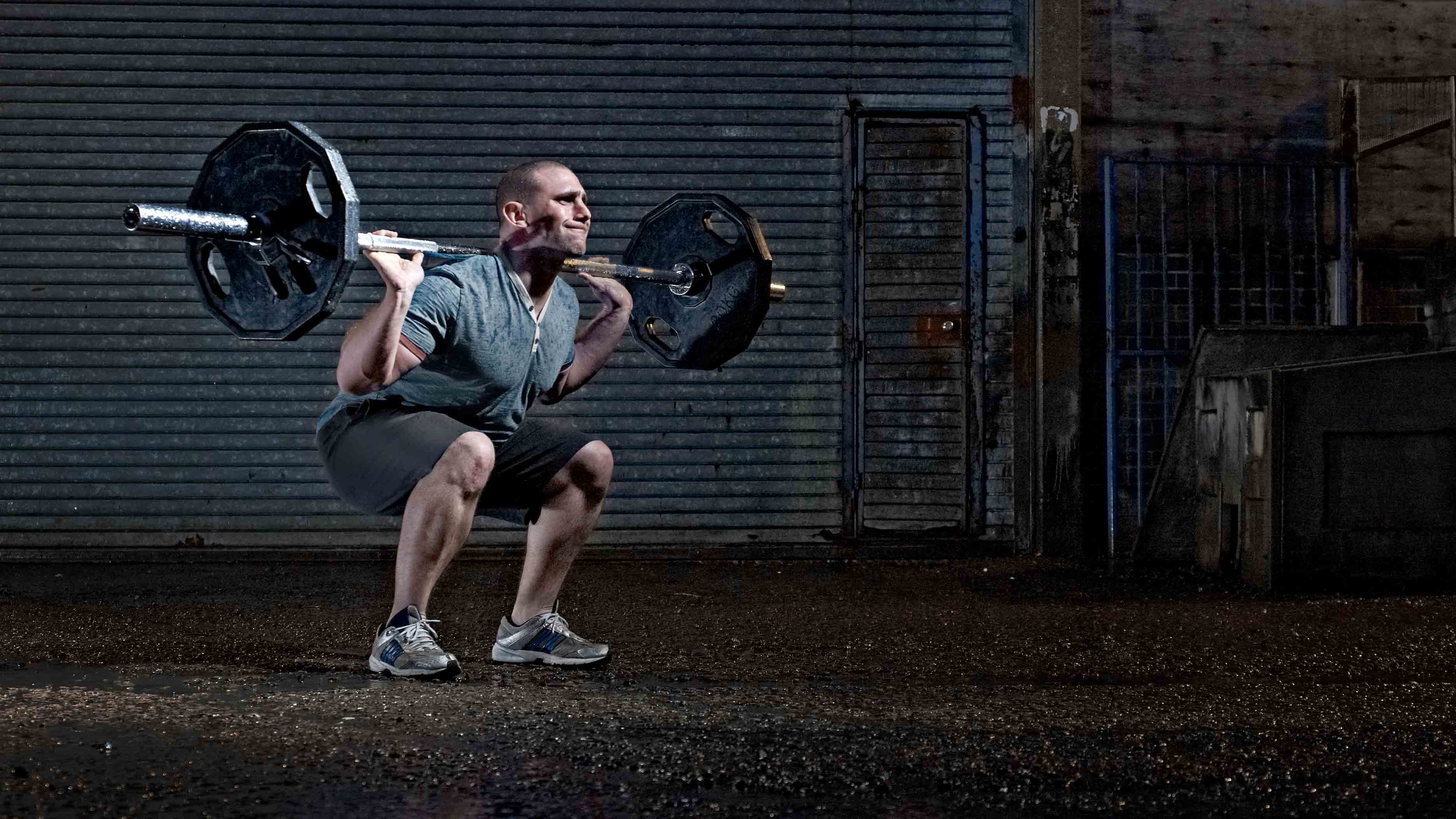 How to Beef Up Your Portfolio Against Inflation
How to Beef Up Your Portfolio Against Inflationinvesting These sectors are better positioned to benefit from rising prices.
By Karee Venema Published
-
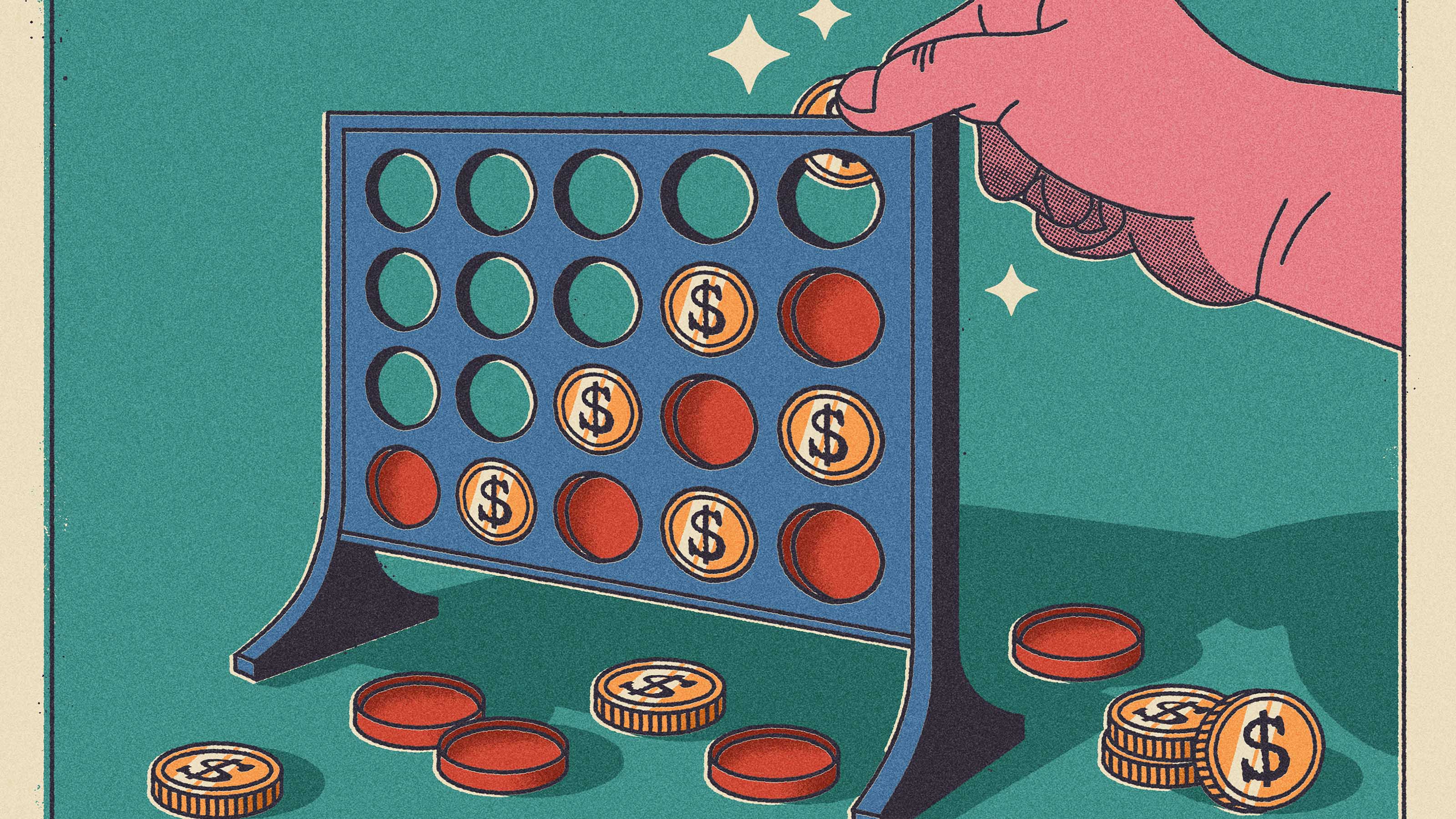 Taxable or Tax-Deferred Account: How to Pick
Taxable or Tax-Deferred Account: How to PickInvesting for Income Use our guide to decide which assets belong in a taxable account and which go into a tax-advantaged account.
By Nellie S. Huang Published
-
 Smart Investing in a Bear Market
Smart Investing in a Bear Marketinvesting Here's how to make the most of today’s dicey market.
By Anne Kates Smith Published
-
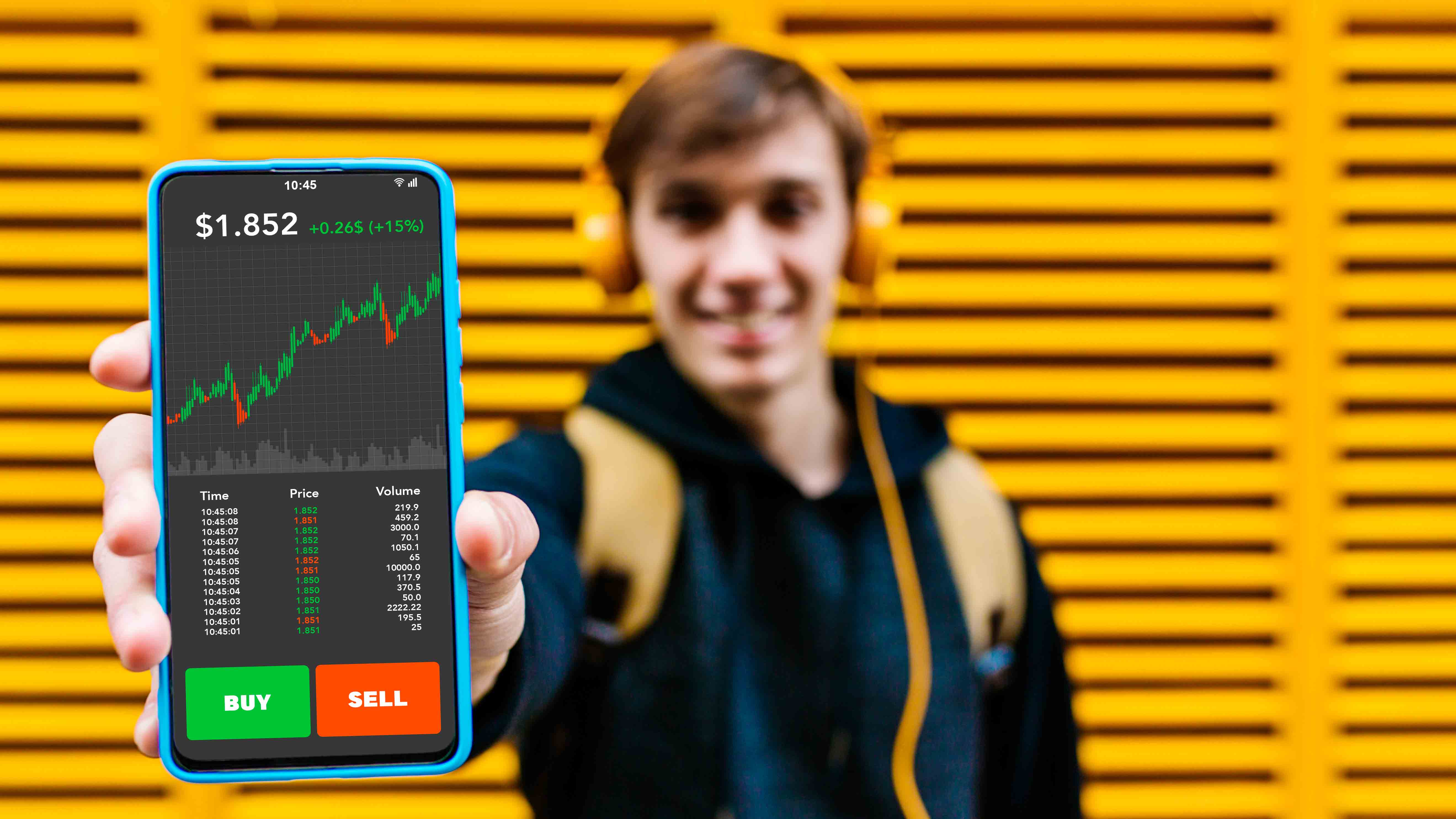 How to Open a Stock Market Account
How to Open a Stock Market Accountinvesting Investing can be fun, but you need a brokerage account to do it. Fortunately, it’s easy to get started.
By Rivan V. Stinson Published
-
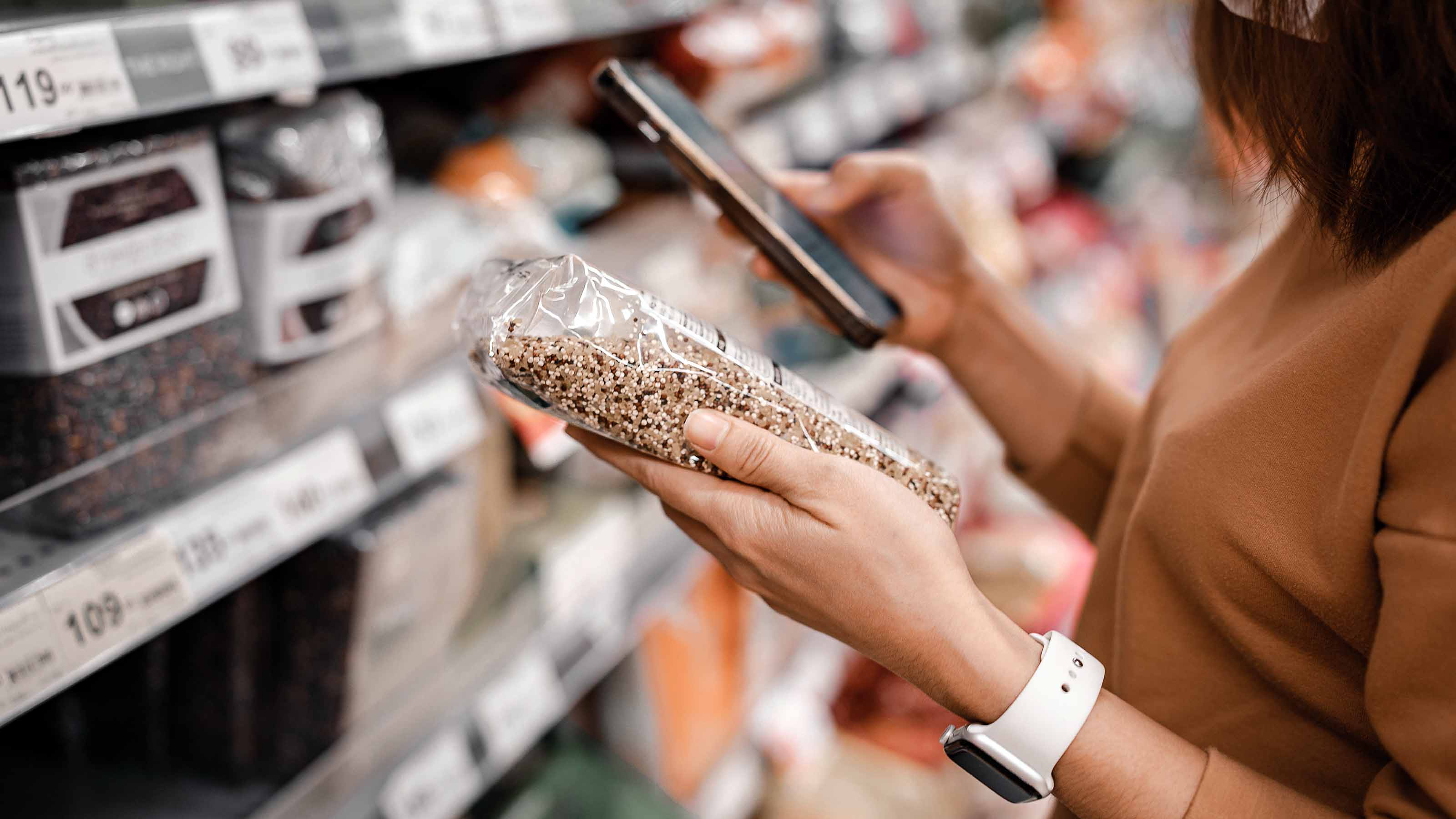 The Right Dividend Stock Fund for You
The Right Dividend Stock Fund for YouBecoming an Investor Dividend stock strategies come in many different flavors. Here's what to look for.
By Adam Shell Published